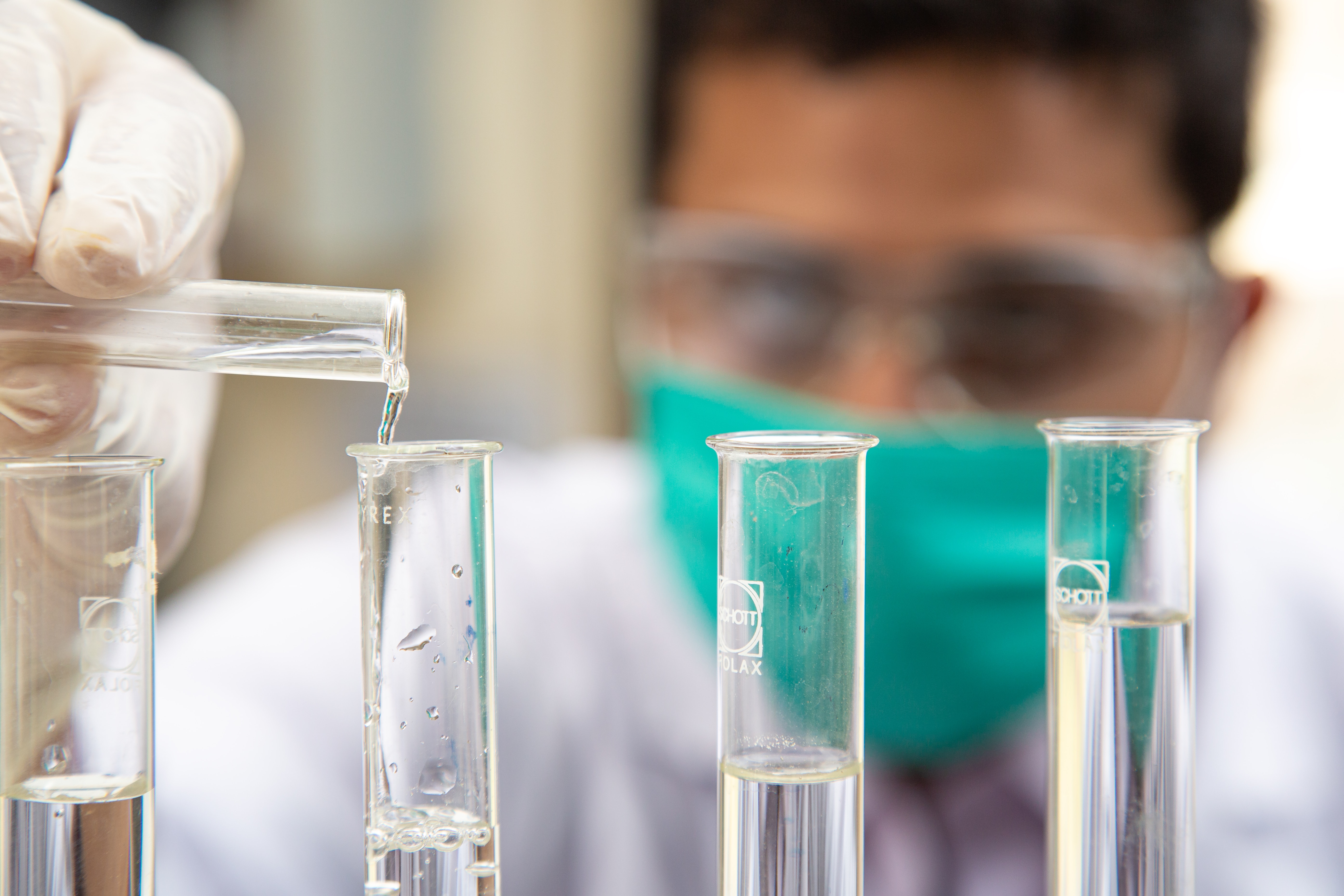
By Elemental Machines Press Team
In science, it’s not a stretch to say that accuracy is everything. Without accuracy, it’s nearly impossible to know if storage is working as expected or if measurements are as precise as they need to be. And ultimately, without accuracy we can’t know if test results are both trustworthy and repeatable. That’s a lot of pressure for one little word.
For labs that operate with cold storage monitoring and environmental monitoring, measuring temperature and humidity accurately is business critical. Reliable monitoring helps labs meet regulatory requirements while also helping to ensure the integrity of biological samples, vaccines, materials, and more. But just how accurate are wireless temperature and humidity sensor devices? Keep reading to find out more about accuracy and how Elemental Machines’ sensors can superpower LabOps.
How accurate is a temperature or humidity sensor?
There are three primary ways to look at the accuracy of a temperature and/or humidity sensor.
1. Accuracy to the degree
First things first. When most people think about accuracy, they think about how correct the measurement is. In other words, is the internal temperature of an asset as warm (or as cool) as the temperature monitor reports? And is the humidity level in a room within the established parameters?
The fact is, temperature and humidity sensors on the market today list a variety of operating ranges and accuracy levels.
For a smart temperature sensor, most listings range between +/- .5°C – +/-2°, depending upon the temperature range and type of sensor. At Elemental Machines, our Element T device, which measures the internal temperature of refrigerators and freezers, is highly accurate.
For a remote humidity sensor, most listings range between +/- 2% to +/- 3%. The range depends upon factors like whether or not the sensor is frequently exposed to high humidity and high temperature. At Elemental Machines, our Element A device, which measures ambient temperature, humidity, pressure, and light, is highly accurate.
In other words, Elemental Machines’ devices are ideal for organizations looking for an affordable high accuracy temperature and/or humidity sensor for their assets or their environments.
2. Accuracy in continuous measurement
The next way to think about accuracy is to consider the frequency of measurements. Most labs still operate with manual temperature and humidity readings, meaning these measurements are typically taken once or twice a day. But fluctuations can occur between readings, and even the smallest variation that goes unknown could wreak havoc on biological samples and other materials—potentially even invalidating tests in the long run.
With that in mind, what is the most accurate way to measure humidity and temperature? Automatically and continuously—several times a minute, ideally. Modern wireless digital sensors have the power to convert readings into electrical signals and transmit them via Wifi or Bluetooth. From there, LabOps teams can track and monitor for any changes that fall outside of normal operating conditions. At Elemental Machines, both our Element T and Element A devices take readings every 15 seconds, ensuring that labs have 24/7 monitoring and automatic archiving for their assets and environments, respectively.
3. Accuracy in maintenance levels
Finally, organizations can also consider accuracy as it relates to their maintenance levels—for both temperature and humidity. It’s not uncommon to boost maintenance levels to higher or lower than necessary in order to ensure that assets don’t fall outside of operating limits. Yet, doing so leads to a larger carbon footprint and likely higher energy bills.
With continuous monitoring via a high-accuracy humidity sensor or a high-accuracy wireless temperature monitoring system, labs no longer have to set maintenance levels quite so high. Take temperature monitoring of assets, for example. In 2020, Astrazeneca was a winner in the International Laboratory Freezer Challenge. By reducing their freezers’ maintenance setting temperature from -80 to -70 °C, along with a few key additional efforts, they were able to save a combined 1.1 million kWh/year!
What is the best WiFi temperature and humidity sensor?
When it comes down to it, the best temperature and humidity sensors for a lab are the ones that can provide accurate, reliable, continuous, and automatic measurements. All of this empowers lab teams to meet regulations, maintain samples, and ultimately minimize energy spend for assets and environments.
Elemental Machines’ suite of hardware and software makes it easy to track, report, and maintain the data points you need most. With the Element T, you can track the temperature of your cold storage assets, like refrigerators and freezers. With the Element A, you can monitor ambient temperature, humidity, pressure, and light. And, with customized alerting, LabOps teams can rest easy knowing they’ll receive an automated alert to their cell phone, should there be malfunctions, power outages, or assets that fall outside of range.
Ready to learn more about Elemental Machines’ software platform and Element T and Element A devices? Request a demo to see how it all works.